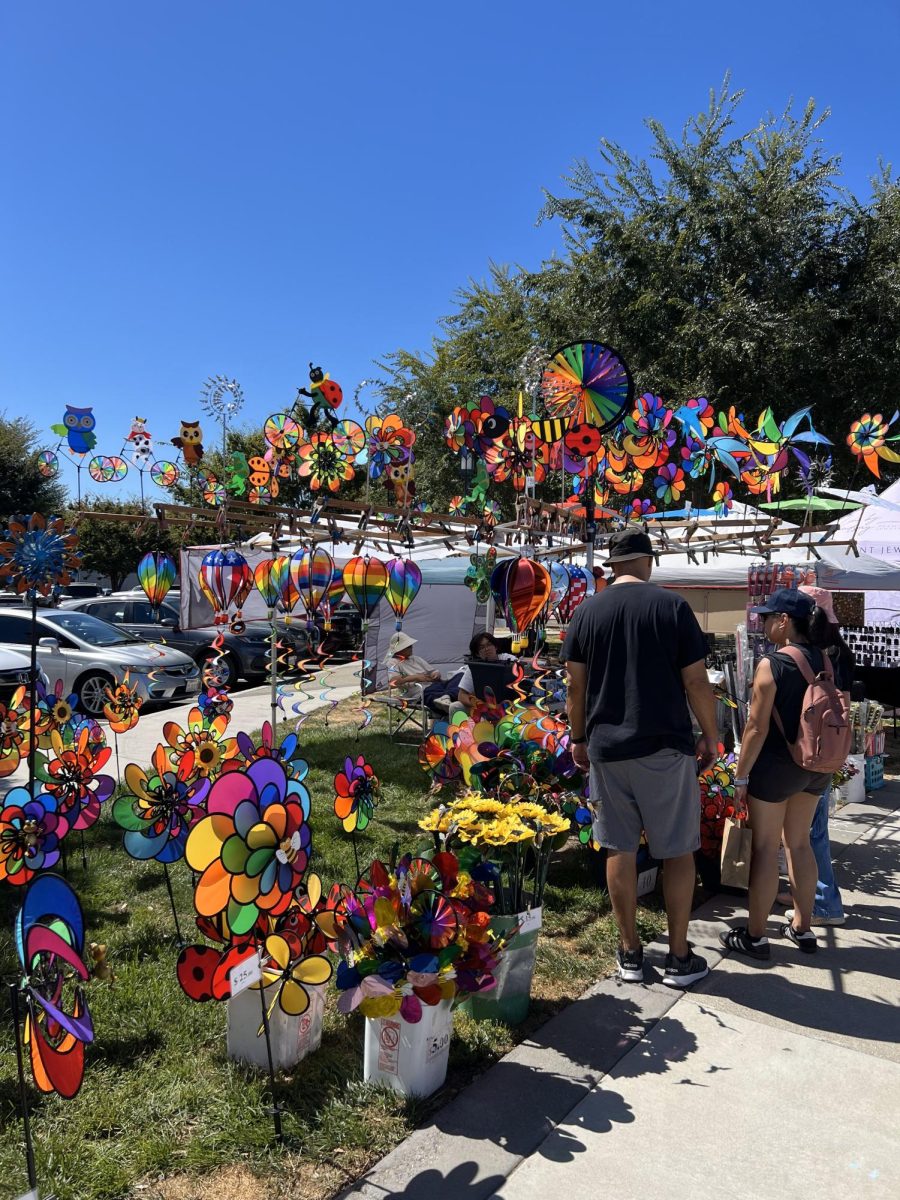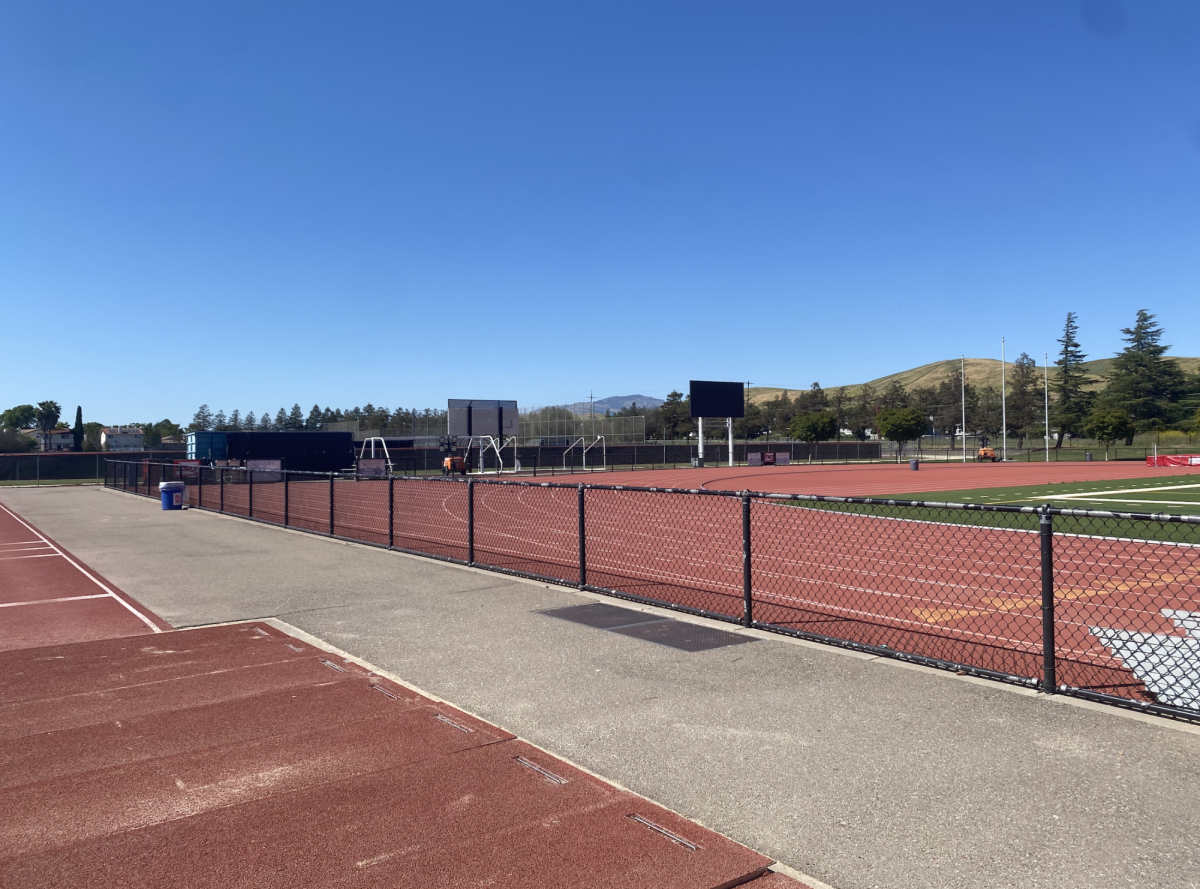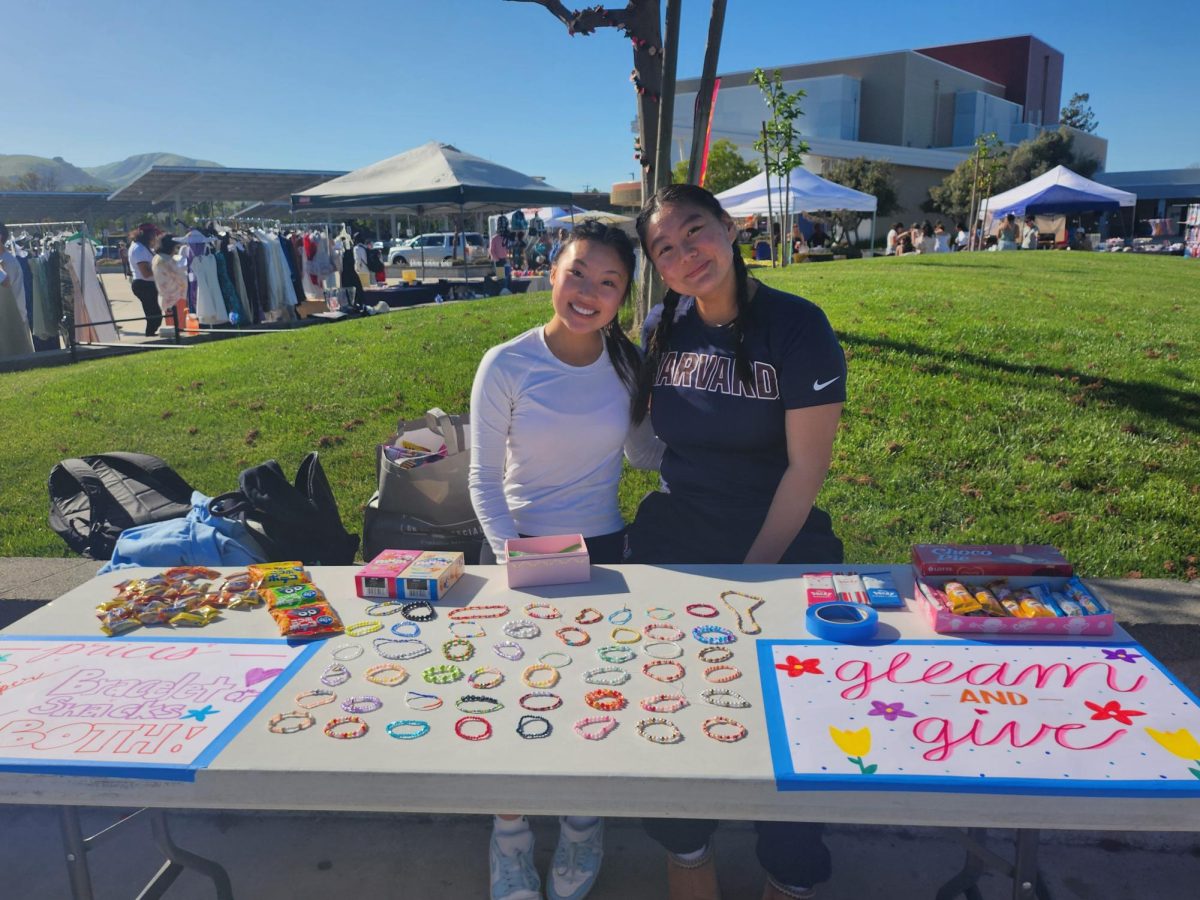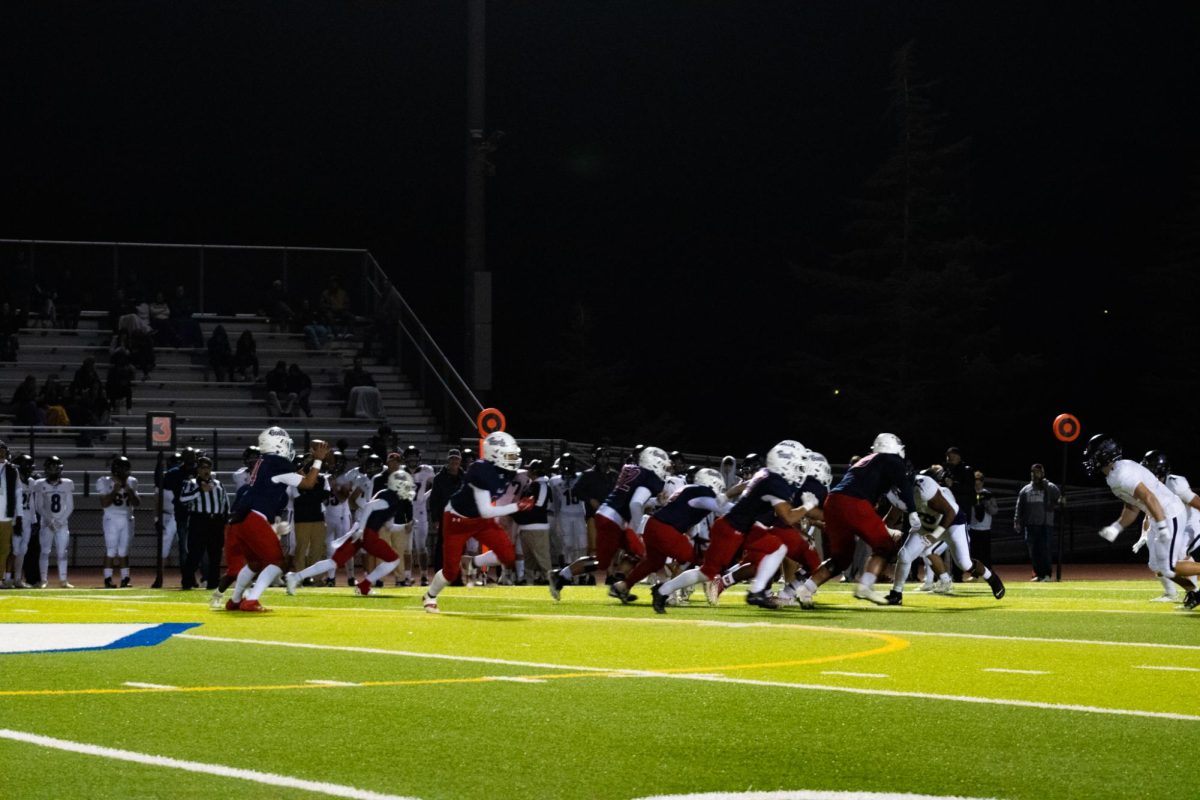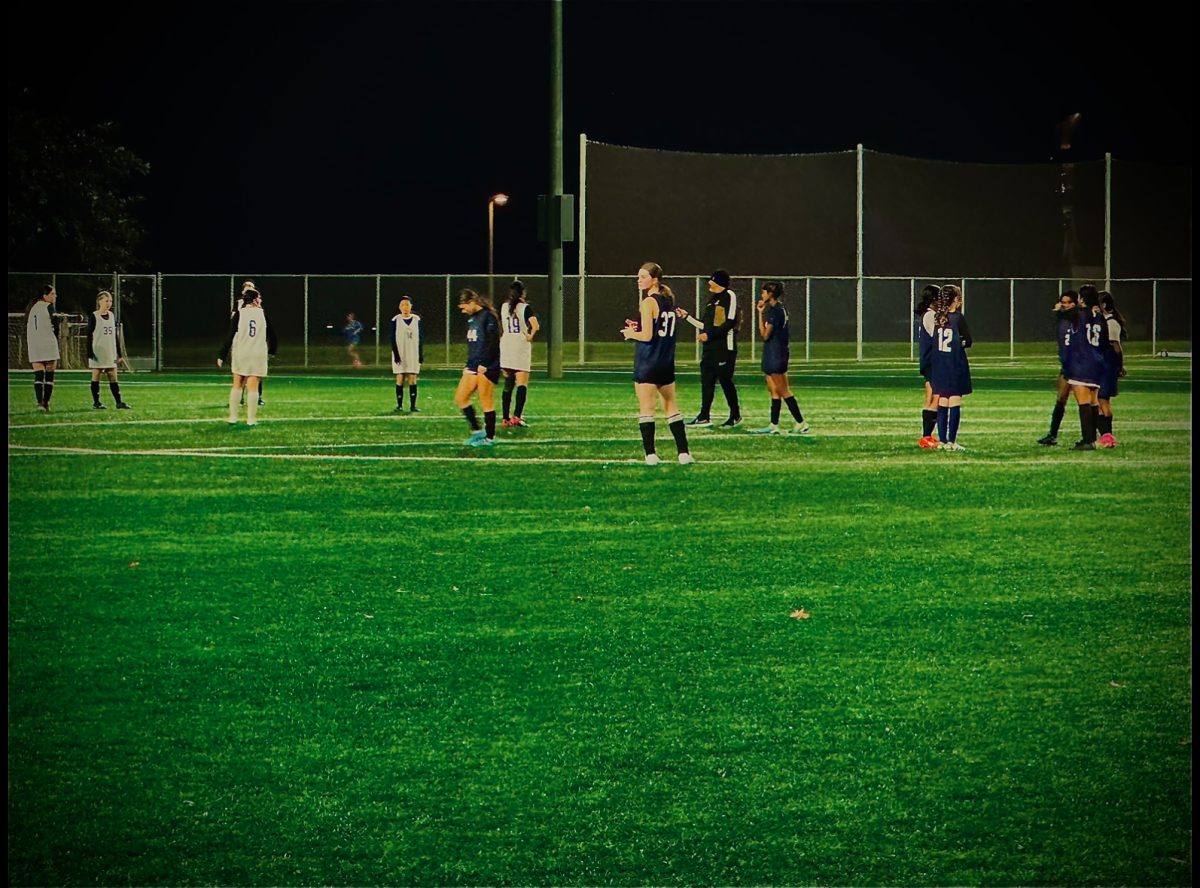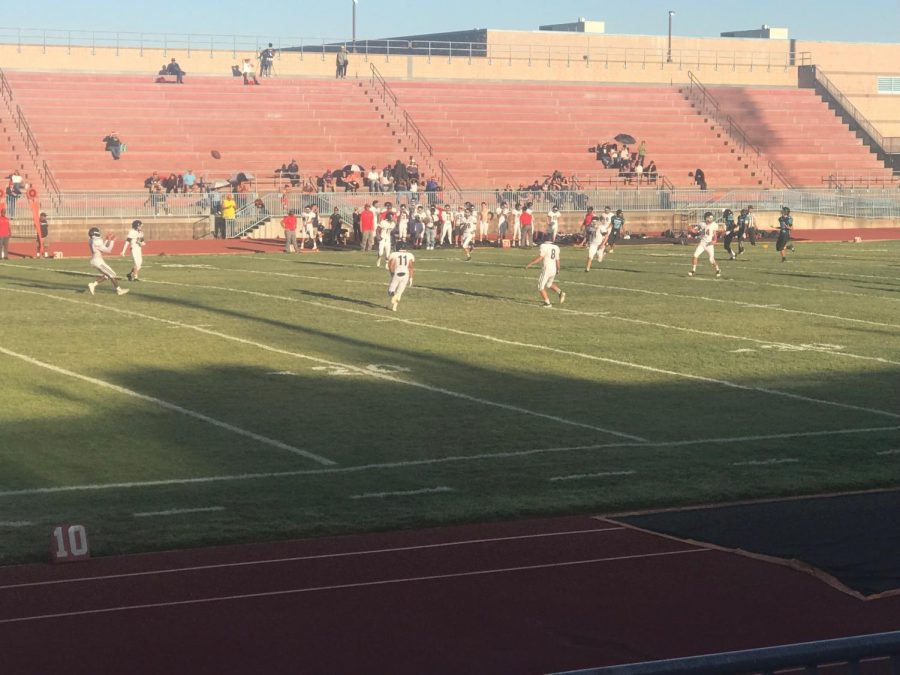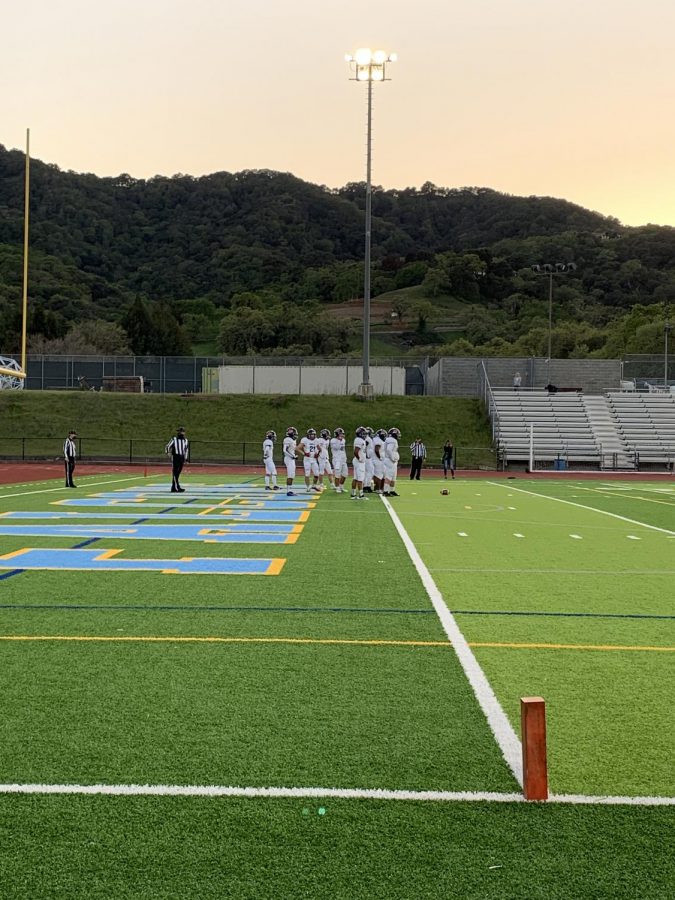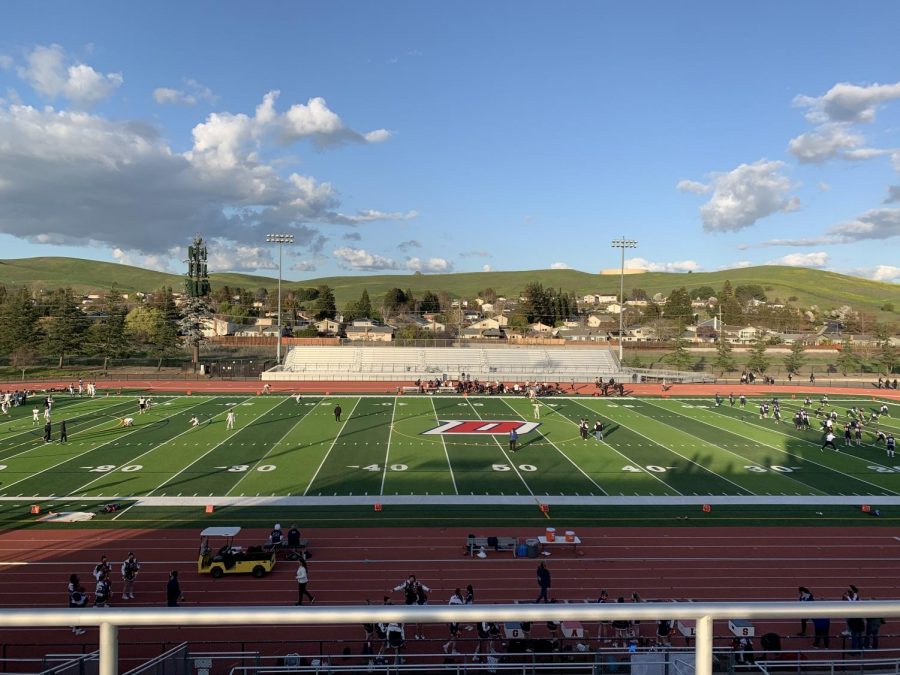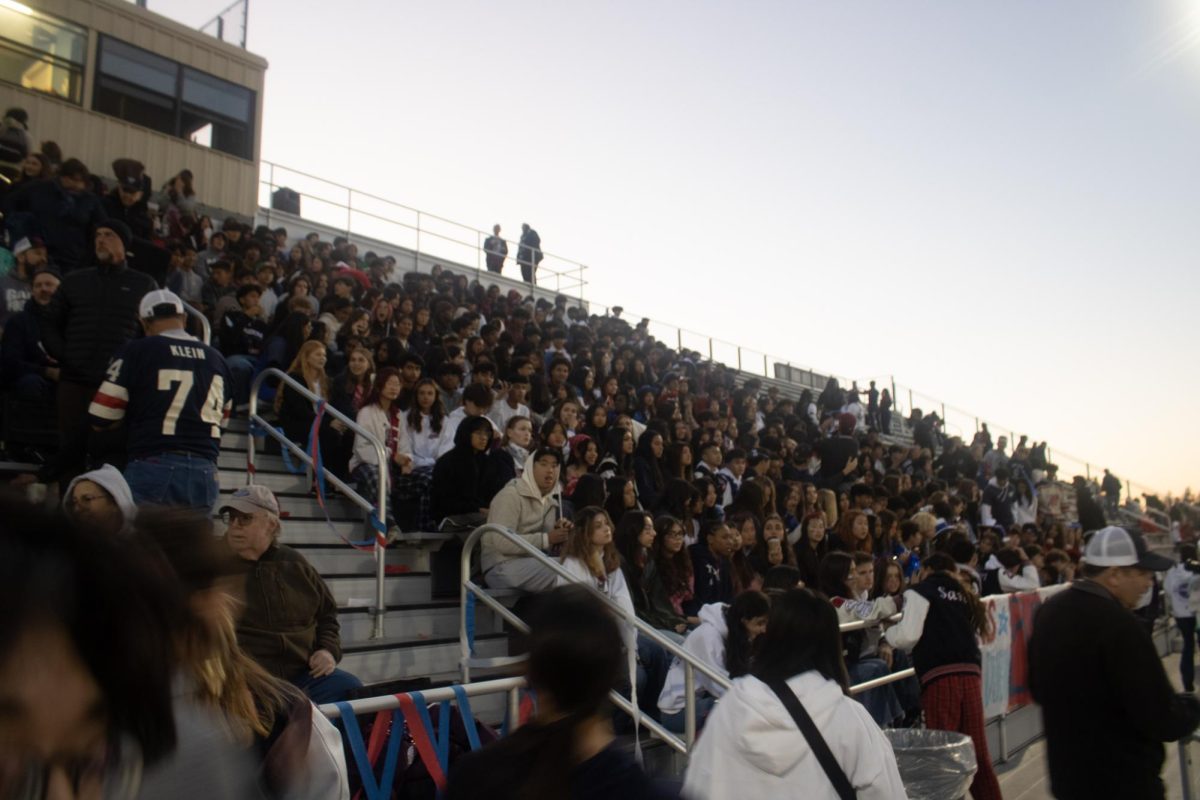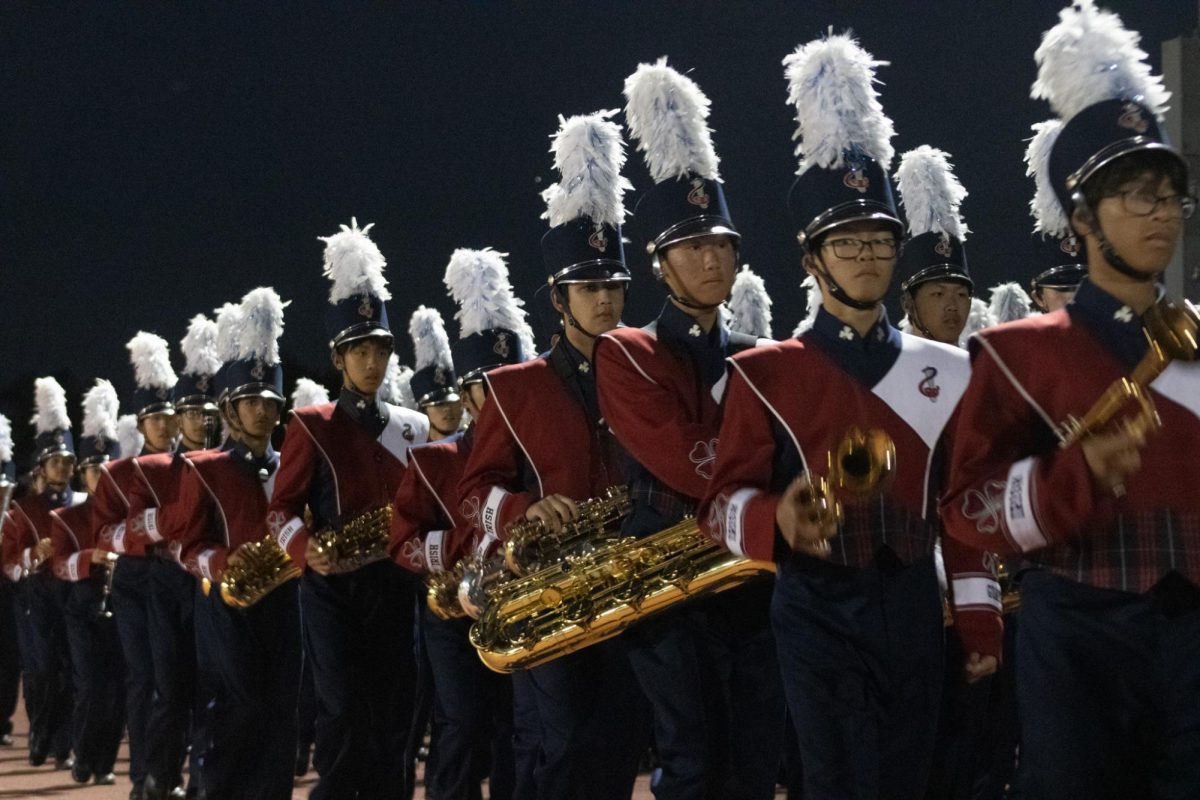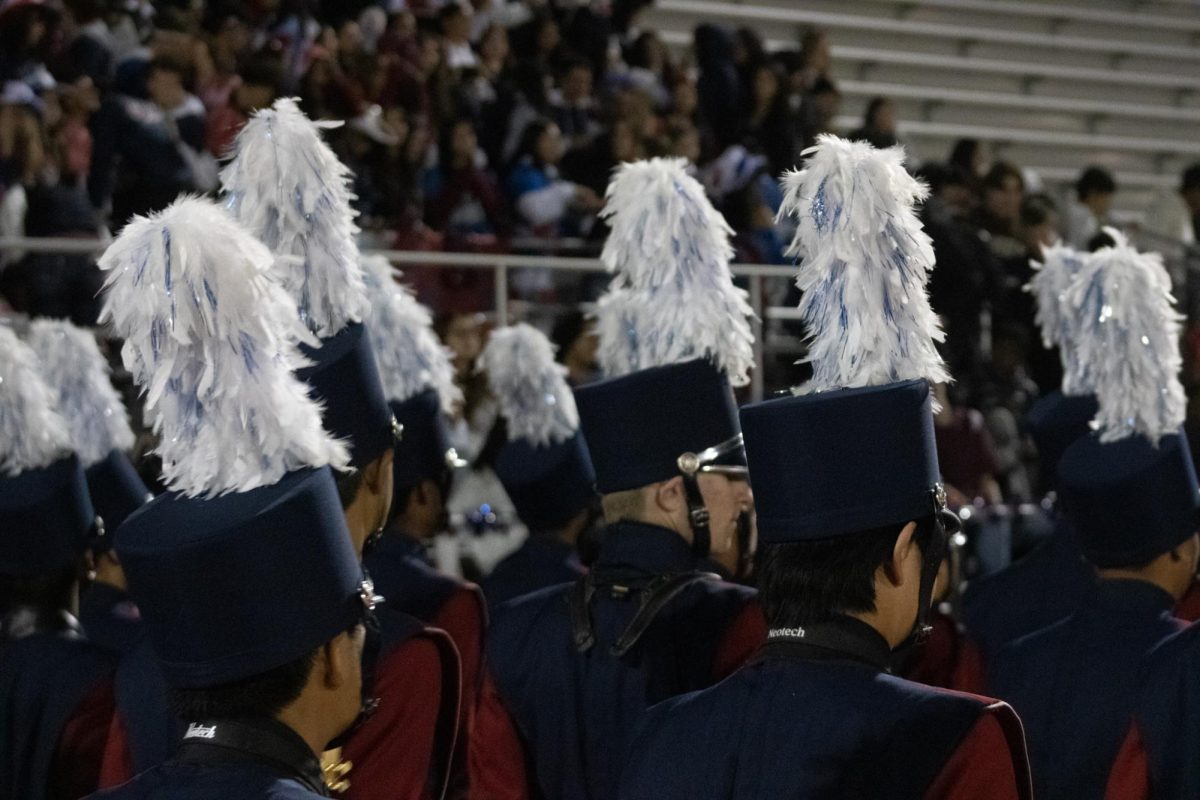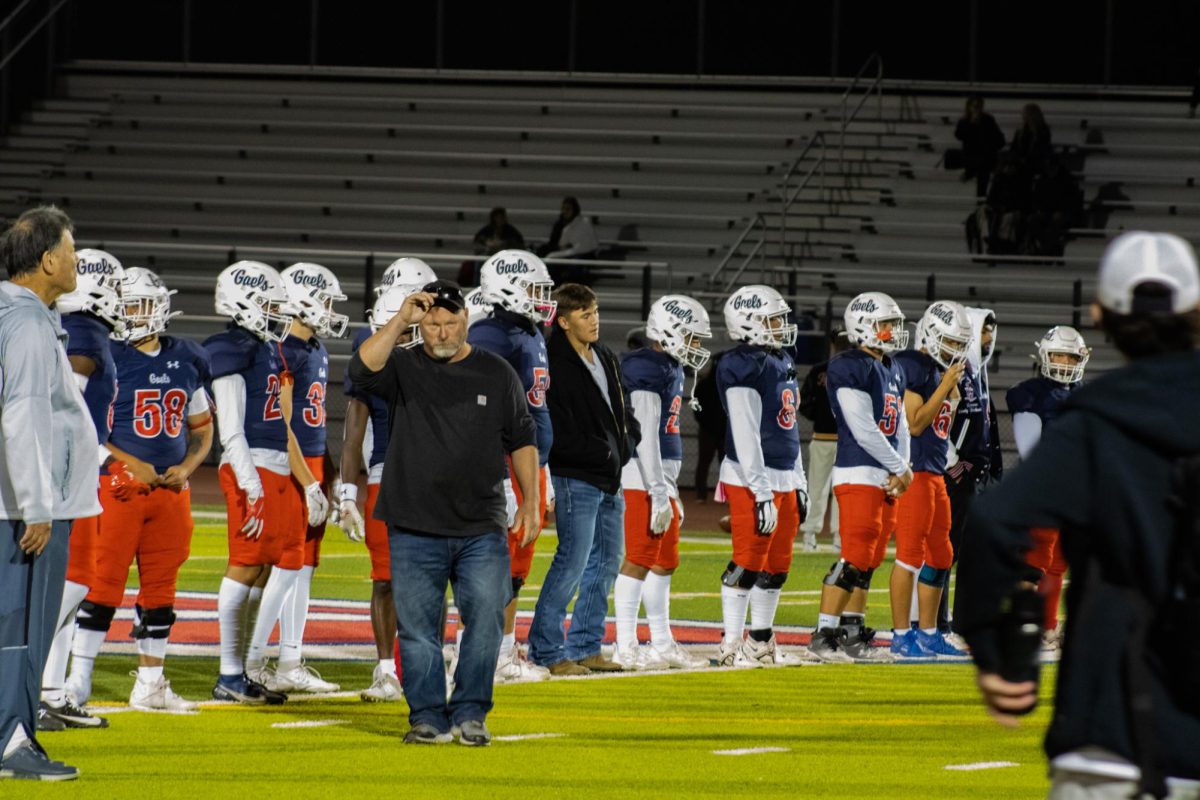Lions are strong and powerful predators that play a large role in their ecosystem, but where does their strength truly lie? Is it individual or does it involve their unique family units?
While not found in Dublin, lions are among the most popular of big cats and can teach us an important lesson about teamwork.
Lions are popularly known as the most sociable big cats due to their tendency to live in groups, called prides, which can have anywhere from two to thirty members in the wild. These communities consist of one or two males, a dozen or so females, and cubs. The lionesses, made up of sisters and cousins, remain with the same pride their entire lives while the males leave to find another once they reach maturity (around two to three years old). This creates an uneven ratio of female to male lions, but it serves a critical purpose: males and females have different roles that require different levels of teamwork.
Lionesses are responsible for hunting and raising the cubs. With prey that can fight back and cubs often too curious for their own good, it is beneficial to have more females present because they better the pride’s chances of survival. Male lions are responsible for marking the pride’s territory and defending it by roaring and chasing off intruders. This role does not require as many individuals compared to the females’, but it is no less important. This kind of social structure keeps the pride balanced and is crucial for their survival. Prides give lions the ability to work together and give them a great advantage in the wild. Thus, teamwork is essential for lions to survive and to maintain a balanced ecosystem.
These particular big cats are a well-known symbol for individual strength, but consider it from a different angle: strength in numbers. Female lions hunt together to kill large animals such as wildebeest and zebra. These animals also utilize the “strength in numbers” tactic and graze in large herds that make it difficult for any lone lion to try and take on without the support of a pride. While fully grown lions are complete powerhouses, there are many things out on the open African savannah that pose a threat to young, vulnerable lion cubs. One article published on August 7, 2024 asserted that “[p]redators like hyenas, leopards, and even other lions pose significant threats to these young cubs. Their survival depends heavily on their mother’s vigilance and the protection from the pride” (African Lion & Environmental Research Trust).
Despite the differing roles of males and females, both tend to overlap occasionally. Hunting is difficult for lions when they encounter prey that are often larger than themselves and are equipped with bone-breaking hooves and brute strength to match their own, even for a group of lionesses. An article from the Oakland Zoo says: “Females have the speed but lack the body weight to knock down large ‘family size’ prey such as the wildebeast” (Oakland Zoo). Due to this, females will often ambush large prey and chase them right towards the males, whose extra strength can take down larger prey in larger numbers and ensure there is more food for the pride. There are also many cases in which females will group together and help the males chase out especially dangerous intruders. This is important due to a male’s tendency to be suicidal in fighting off other males or animals that would have been too much to handle.
In short, there are many different ways that lions work together which not only helps the pride’s chances of survival, but also keeps the ecosystem balanced. Lions are apex predators, meaning they help to regulate prey populations in their habitat. Displaying strong teamwork means higher chances of survival for lions. More lions means more regulation of large herbivorous species. More regulation of large herbivorous species prevents overgrazing which helps keep biodiversity strong and the overall ecosystem sustainable.
Cooperation and teamwork also goes a long way for us! Being able to work together isn’t just helpful in school when doing group projects, it also helps us to network and establish connections with other people around the world that help us later on in life. Lions use teamwork to survive and help their ecosystems thrive, and we could learn a thing or two from them!












